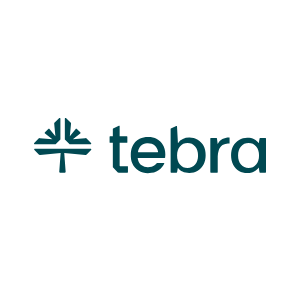Advanced SEO Editing
Advanced SEO Editing in the portal allows practices to view and edit <title> and <description> metadata for their website on available pages. Edits can be saved or published in real-time, eliminating the need for support requests. With tooltips and options to revert values to default, practices can make informed changes to their SEO strategy without sacrificing quality.
Value
Practices have the opportunity to test out new SEO strategies or edit their current strategy without needing to submit a support request. As an “Advanced SEO” feature, practices can choose to have as much or as little control over their SEO strategy as possible, allowing our platform to accommodate novice SEO customers who want to use our default recommendations, as well as more advanced practices who want to be able to experiment with their own SEO strategies.
Target Audience
Practices that have SEO knowledge or SEO-knowledgeable team members who want more visibility to and control over their meta tag editing.
How it Works
- Go to the practice portal
- Website > Content
- Choose a type of Content from the top navigation (Services, Practice, etc)
- Select the Advanced SEO tab
- Edit title tag and meta description fields
- Save and Publish edits
- See changes on live site
Frequently Asked Questions
What is a title tag?
A title tag element, found in the <head> section of a webpage, provides information about the key subject of the webpage. Titles are important for SEO because Google crawlers use them to determine the subject of the page. It is important to include keywords about your practice brand and the page subject in the title and ensure the title is unique from the other pages on your site. Users can see title tags on the browser tab and in SERPs (Search Engine Results Pages).
What is a meta description?
The meta description for a webpage, found in the <head> section, provides users with more detail about the content that can be found on the page. Meta descriptions are not displayed on the page’s content and are not used as a ranking factor by Google. For this reason, meta descriptions can be duplicated and do not need to include specific keywords, contrary to what many SEO audit tools imply. The key objective of the meta description is to increase the click-through rate (CTR) on Search Engine Results Pages or SERPs. Ensure the description provides an enticing snapshot of the page and contact information for the business.
Why doesn’t the meta description in my SERP match the one I published?
Google sometimes rewrites meta descriptions for web pages to match users’ queries. Google will use the meta description to highlight snippets of the page that justified the result. This is typically advantageous as it shows the user how the page is relevant to their query, increasing the likelihood of clicks.
What are the in the default titles and meta descriptions?
Meta tags utilize molecule variable mapping, distinguished by double curly braces . Users can remove these and write in titles and descriptions and write their own from scratch, or edit surrounding text and keep these variables in place. These variables reference practice data such as specialty and locations so that if these values are changed in the future, titles and meta descriptions are updated with the new values. You can remove variables, but if you do, the editing title or description will no longer “auto-update.”
How do I know on which page the <title> and <description> are updated?
See the chart below for a guide on the editor-page relationships.
What if I want to remove my edits and use the default title?
Title and meta description edits can be reverted at any time in portal or restore the
I don’t see the page I want to edit in the portal. Where can I find it?
Although most of the core pages to Tebra sites can be updated through the portal, a few pages do not have editors at this time. These pages still have <title> and <description> in the head code, but they cannot be changed from Tebra default values.
Where to edit page meta tags
| Content Editor | SEO tag on website |
| Homepage | / (home) |
| Service item | Service page |
| Practice | About page |
| Provider | Provider bio page |
| Location item | Location page |
| Page item | Content Page |
| Testimonials | Testimonials page |
| Contact Us | Contact page or Locations page (multi location practices) |
The following pages on Tebra sites currently do not have a portal editor and thus cannot be updated:
- Services “list” page
- Providers “list” page
- Content “list” page (/contents)
- Schedule page
- Terms & Conditions
- Privacy
- Accessibility
- Blog “list” page
- Blog post
- Registration
- Virtual Visit
- Payments
